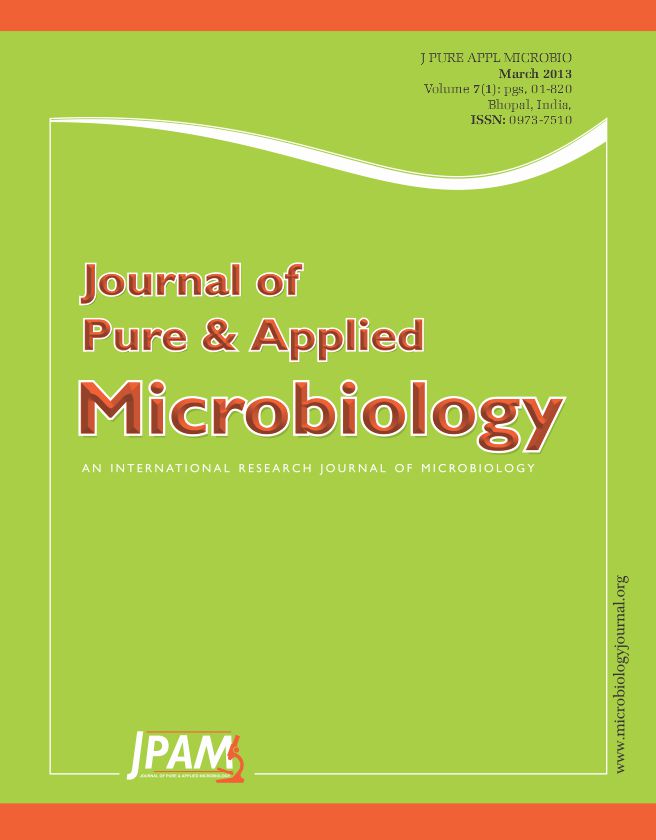Loop-mediated isothermal amplification (LAMP) is a novel, sensitive and rapid technique for detection of genomic DNA or RNA. In this report, the LAMP assay reported can provide a more sensitivity and specificity of PPV test, comparing with PCR assay. The results showed that the amplification could be finished in 1 h under isothermal condition at 63! by employing a set of four primers targeting NS1 gene of PPV. The end-product of the technique is a white precipitate of magnesium pyrophosphate that is visible without the use of gel electrophoresis. The detection limit of the LAMP method was as low as 5 copies and was 25 times more sensitive than that of PCR assay. When detecting samples infected with PPV, PRV, PRRSV, PCV2, JEV, HCV by LAMP assay, only sample infected with PPV was amplified. The detection rates of PCR and LAMP assay were 75% and 100% for the 25 clinical samples, respectively. The LAMP assay is an easy, rapid and sensitive method and has great potential for use in the detection of PPV in the laboratory and the farm.
Loop-mediated isothermal amplification (LAMP) assay, Porcine parvovirus, Sensitive and rapid detection
© The Author(s) 2014. Open Access. This article is distributed under the terms of the Creative Commons Attribution 4.0 International License which permits unrestricted use, sharing, distribution, and reproduction in any medium, provided you give appropriate credit to the original author(s) and the source, provide a link to the Creative Commons license, and indicate if changes were made.


